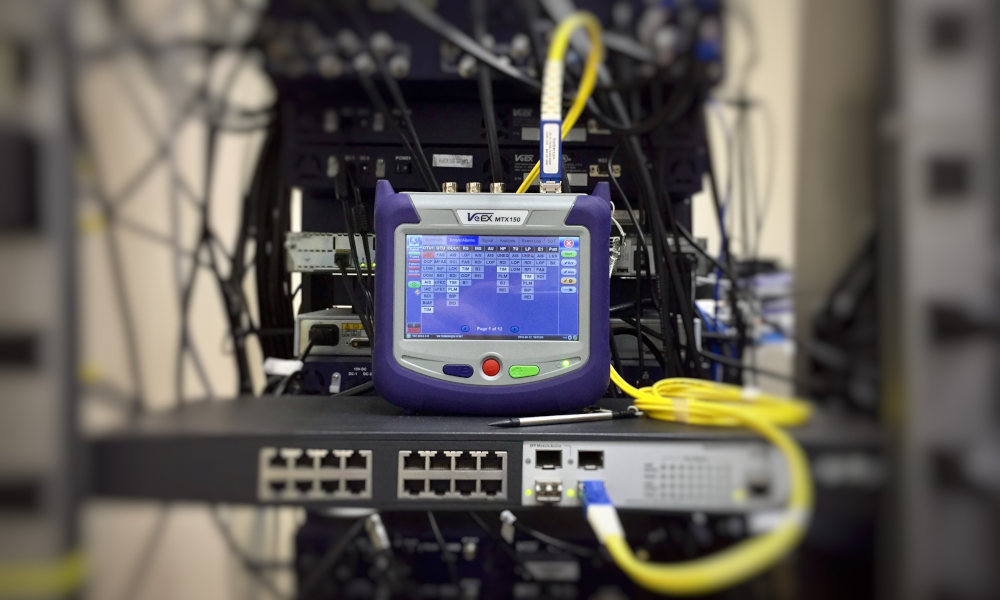Introduction
A device stream is an authenticated, bi-directional, TCP-based communication channel created between a device and the Azure IoT hub. This channel can be used to send real-time telemetry or real-time commands from a device and any cloud service or application.
A device stream is an authenticated, bi-directional, TCP-based communication channel created between a device and the Azure IoT hub.
Device streams are an authenticated, bi-directional, TCP-based communication channel created between a device and the Azure IoT hub.
Device streams allow communication between devices in different locations or other networks. A device stream can be used for various applications, such as sending sensor data to your cloud platform or receiving push notifications from a connected service.
A device stream can be used to send real-time telemetry or real-time commands from a device and any cloud service or application.
- A device stream is a secure way to send data from devices to the cloud. The data can be used for any application, including:
- Real-time telemetry or commands from a device and any cloud service or application (e.g., Amazon Alexa)
- Logging of sensor data (e.g., temperature, humidity)
A device stream can also send real-time settings and upload device logs, update firmware, or any other file transfer.
Device streams are secure, bi-directional channels that can be used to send files from the device to the cloud and vice versa.
The following features are supported:
- File uploads (updates, logs)
- Firmware updates
Using Azure Monitor Logs, you can also view a device’s activity log, including logs sent by the device as part of a device stream.
You can also view a device’s activity log, including logs sent by the device as part of a `device stream` using Azure Monitor Logs. To do this, you must provide access credentials for your IoT Hub account and select Monitor > Groups & Feeds > Create Feed.
After creating a feed, you can then select it from the left-hand menu under Device streams and choose View Activity Logs on this device stream. This will display all messages sent by that particular Azure IoT Hub device in chronological order, with timestamps showing when they were created or updated in real-time (or at least within minutes).
Device streams are accessible via the streaming endpoint of your IoT hub using any standard TCP client.
Device streams are accessible via the streaming endpoint of your IoT hub using any standard TCP client.
- Device streams are available on the streaming endpoint of your IoT hub.
- You can use any standard TCP client to access the stream and read data from it, such as PowerShell, C#/.NET, and Java SDKs. It uses Azure Active Directory (AAD) as a security mechanism for authentication purposes; other authentication methods could also be used but would require additional configuration to enable them within AAD’s policies.
Device streams are mighty but only available on premium hubs.
Device streams are potent but only available on premium hubs. Device streams allow you to communicate with your devices, send commands and settings, and receive telemetry from the machines.
If you have a Hub 1 or Hub 2 (or later), it’s time to get started with device streams!
IoT Hub message streams and device streams
Message streams and device streams are two different types of logs.
Message streams provide information about the activity within your organization’s cloud-side systems, while device streams provide information about what happens on end devices in your IoT system.
Message Streams
The message stream framework allows you to view and manage all messages sent between clients and servers across all connected networks within an organization’s IT environment. It also allows users to filter out unwanted messages based on their properties so that they only see relevant data when needed (for example, only messages related to SLA violations).
Device Streams
The device stream framework ensures that the communication between two IoT hub devices is safe and secure. For example, it can track the message routes from the MQTT message software to ensure that the conversation is safe, not exposed, and not going out of the limits.
Message routing log
A message routing log is used to troubleshoot message routing. The message routing log is accessible through the IoT Hub REST API and the Azure Portal. It contains information about the message properties, message payload, and device properties. The log helps track the message routing even from the MQTT Software.
Benefits Of IoT Hub Device Streams
- Friendly and Secure Firewall Connectivity
- Full Authentication
- End-to-End Encryption
- No issues in connectivity
- Easily usable in Private Networks
Conclusion
MQTT is a communication software that allows people to communicate between 2 IoT devices. Thus, device streams are of great importance, especially in the case of MQTT messaging and usage. If using software for MQTT messaging, make sure to use such IoT Hub Device Streams because a need to keep a close check and conversation secure is of significant requirement.




